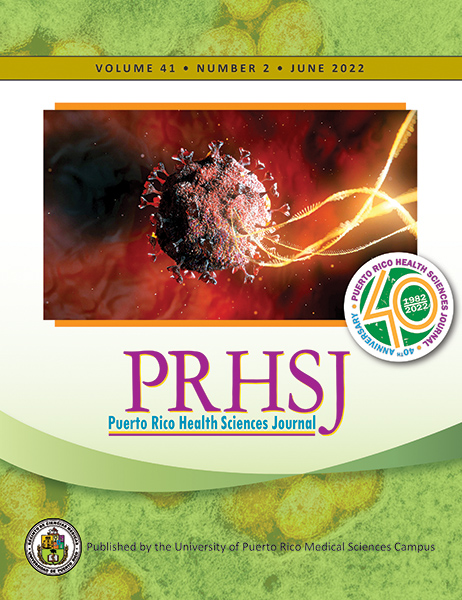Abstract
Severe acute respiratory syndrome coronavirus type 2 is a novel betacoronavirus with a new genome sequence that causes coronavirus disease 2019 (COVID-19), which primarily affects the lungs, thus causing pneumonia which can progress to severe acute respiratory distress syndrome. New emerging cases of extrapulmonary manifestations of COVID-19 include gastrointestinal, cardiac, renal, and/or central nervous system involvement. Although an ischemic stroke converting to a hemorrhagic stroke is more commonly seen, spontaneous intracranial hemorrhage (ICH) in hospitalized COVID-19 patients is on the rise. This case report describes a 23-year-old female who tested positive (via a polymerase chain reaction test) for COVID-19 and presented with new onset of severe intractable headache. The investigation suggested COVID-19 as the most probable cause of this patients’ spontaneous ICH. This case emphasizes the importance of adding COVID-19 to the differential diagnosis of hemorrhagic cerebrovascular accidents in patients with a spontaneous ICH of unclear etiology and, in the process, performing COVID testing.
Authors who publish with this journal agree to the following terms:
a. Authors retain copyright and grant the journal right of first publication with the work simultaneously licensed under a Creative Commons Attribution License that allows others to share the work with an acknowledgement of the work's authorship and initial publication in this journal.
b. Authors are able to enter into separate, additional contractual arrangements for the non-exclusive distribution of the journal's published version of the work (e.g., post it to an institutional repository or publish it in a book), with an acknowledgement of its initial publication in this journal.
c. Authors are permitted and encouraged to post their work online (e.g., in institutional repositories or on their website) prior to and during the submission process, as it can lead to productive exchanges, as well as earlier and greater citation of published work (See The Effect of Open Access).
